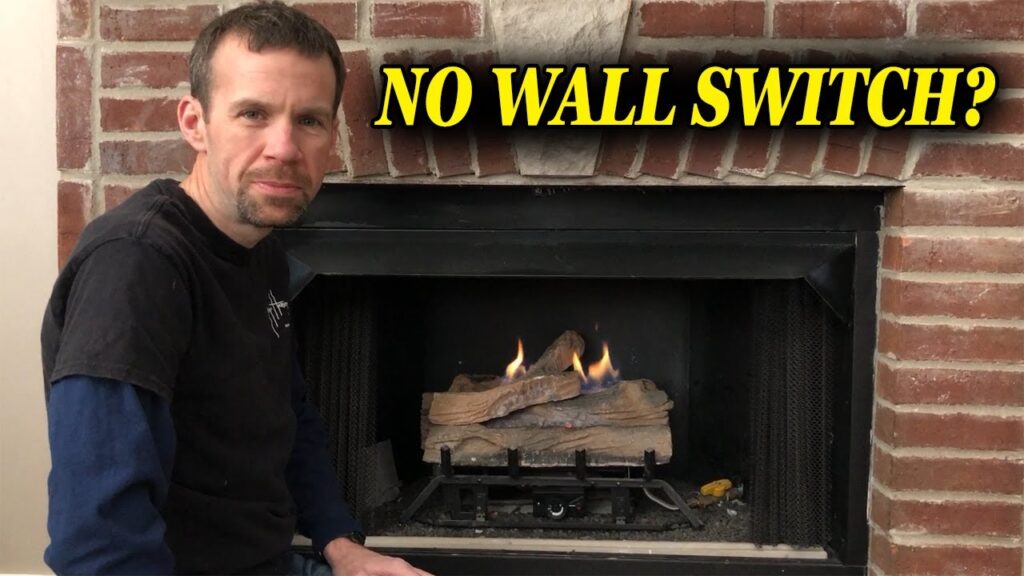How to Start a Gas Fireplace
Gas fireplaces are a popular choice for homeowners looking to enjoy the warmth and ambiance of a fire without the hassle of traditional wood-burning fireplaces. They provide instant heat and can be easily controlled, making them a convenient option for many. However, starting a gas fireplace can be intimidating for some, especially if they are unfamiliar with the process. This comprehensive guide will walk you through the steps to start a gas fireplace safely and effectively, as well as address common questions and concerns.
Table of Contents
- Introduction
- Understanding Gas Fireplaces
- Types of Gas Fireplaces
- Components of a Gas Fireplace
- Safety Precautions
- How to Start a Gas Fireplace
- Step-by-Step Instructions
- Using a Key Valve System
- Using a Pilot Ignition System
- Troubleshooting Common Issues
- Maintenance Tips for Gas Fireplaces
- FAQs
- Conclusion
- References
Introduction
Gas fireplaces offer a clean and efficient way to heat your home while providing the aesthetic appeal of a traditional fireplace. They are fueled by natural gas or propane and can be used as a primary heat source or as an additional heating option. Knowing how to start a gas fireplace is essential for any homeowner who wants to enjoy its benefits.
Understanding Gas Fireplaces
Types of Gas Fireplaces
There are two main types of gas fireplaces: vented and ventless.
- Vented Gas Fireplaces: These fireplaces require a venting system to expel combustion gases outside. They provide a realistic flame and are often more efficient.
- Ventless Gas Fireplaces: These do not require a venting system, making them easier to install. However, they may not provide the same level of heat efficiency and can produce moisture in the room.
Components of a Gas Fireplace
Understanding the components of a gas fireplace can help you navigate the starting process:
- Gas Valve: Controls the flow of gas to the fireplace.
- Pilot Light: A small flame that ignites the gas when the fireplace is turned on.
- Ignition System: Can be a manual ignition (using a lighter or match) or an electronic ignition system.
- Control Knob: Used to turn the fireplace on and off and adjust the flame height.
Safety Precautions
Before starting your gas fireplace, it is crucial to take safety precautions:
- Check for Gas Leaks: If you smell gas, do not attempt to light the fireplace. Instead, evacuate the area and contact your gas supplier immediately.
- Ventilation: Ensure that the area is well-ventilated. Open windows or doors to allow fresh air to circulate.
- Read the Manual: Familiarize yourself with the manufacturer’s instructions and safety guidelines specific to your gas fireplace model.
- Keep Flammable Materials Away: Ensure that no flammable materials are near the fireplace.
How to Start a Gas Fireplace
Starting a gas fireplace can vary slightly depending on the type of ignition system it uses. Here are the general steps to follow:
Step-by-Step Instructions
- Locate the Gas Valve: Find the gas valve, which is usually located near the fireplace. Ensure it is in the “off” position.
- Open the Damper: If your fireplace has a damper, open it to allow proper ventilation.
- Turn on the Gas: If your fireplace uses a key valve system, insert the key into the valve and turn it counterclockwise to open the gas flow. If it has a control knob, turn it to the “on” position.
- Ignite the Pilot Light:
- For Manual Ignition: Use a long lighter or match to ignite the pilot light while holding the control knob in the “pilot” position.
- For Electronic Ignition: Press the ignition button to light the pilot.
- Hold the Control Knob: After the pilot light ignites, continue to hold the control knob for about 30 seconds to ensure the pilot stays lit.
- Turn to “On”: Once the pilot light is stable, turn the control knob to the “on” position to activate the main burner.
- Adjust the Flame: Use the control knob or remote (if available) to adjust the flame height to your preference.
Using a Key Valve System
If your gas fireplace uses a key valve system, follow these steps:
- Insert the Key: Insert the key into the valve and turn it counterclockwise to allow gas to flow.
- Light the Pilot: Follow the steps for igniting the pilot light as described above.
- Turn to “On”: After lighting the pilot, turn the key to the “on” position to activate the main burner.
Using a Pilot Ignition System
For gas fireplaces with a pilot ignition system, the process is slightly different:
- Set the Control Knob: Turn the control knob to the “pilot” position.
- Press and Hold: Press and hold the control knob while igniting the pilot light.
- Release and Adjust: Once the pilot is lit, release the knob and turn it to the “on” position.
Troubleshooting Common Issues
If you encounter issues while trying to start your gas fireplace, consider the following troubleshooting tips:
- Pilot Light Won’t Stay Lit: If the pilot light goes out, check for drafts, ensure the thermocouple is functioning properly, and verify that the gas supply is on.
- Gas Smell: If you smell gas before lighting the fireplace, do not attempt to light it. Evacuate the area and contact your gas supplier.
- Flame Height Issues: If the flame is too low or high, adjust the control knob to achieve the desired height.
- Ignition Problems: If the ignition system fails to light the pilot, check the batteries (if applicable) and ensure the ignition components are clean and functioning.
Maintenance Tips for Gas Fireplaces
To keep your gas fireplace in good working condition, regular maintenance is essential:
- Annual Inspections: Have a qualified technician inspect your gas fireplace annually to ensure it operates safely and efficiently.
- Clean the Components: Regularly clean the glass door, logs, and burner to prevent soot buildup and ensure optimal performance.
- Check for Gas Leaks: Periodically check for gas leaks using a gas leak detector or soapy water on the connections.
- Replace Worn Parts: If you notice any worn or damaged components, replace them promptly to maintain safety and efficiency.
FAQs
How do I know if my gas fireplace is working properly?
You can check for proper operation by ensuring the pilot light stays lit, the flames are blue (indicating efficient combustion), and there are no gas smells when the fireplace is off.
What should I do if the pilot light won’t ignite?
If the pilot light won’t ignite, check that the gas supply is on, ensure the igniter is functioning, and inspect the thermocouple for any issues.
Is it safe to light a gas fireplace if I smell gas?
No, if you smell gas, do not attempt to light the fireplace. Evacuate the area immediately and contact your gas supplier or local fire department.
Can I use a gas fireplace without a pilot light?
Most gas fireplaces require a pilot light to ignite the main burner. Some newer models may have electronic ignition systems that do not require a pilot light.
How often should I have my gas fireplace serviced?
It is recommended to have your gas fireplace inspected and serviced annually by a qualified technician to ensure safe and efficient operation.
Conclusion
Starting a gas fireplace can be a straightforward process when you understand the steps involved and take the necessary safety precautions. By following this guide, you can enjoy the warmth and ambiance of your gas fireplace with confidence. Regular maintenance and troubleshooting will ensure that your fireplace remains in excellent condition for years to come.
References
For more information on gas fireplaces and safety guidelines, you can visit the U.S. Department of Energy website.



